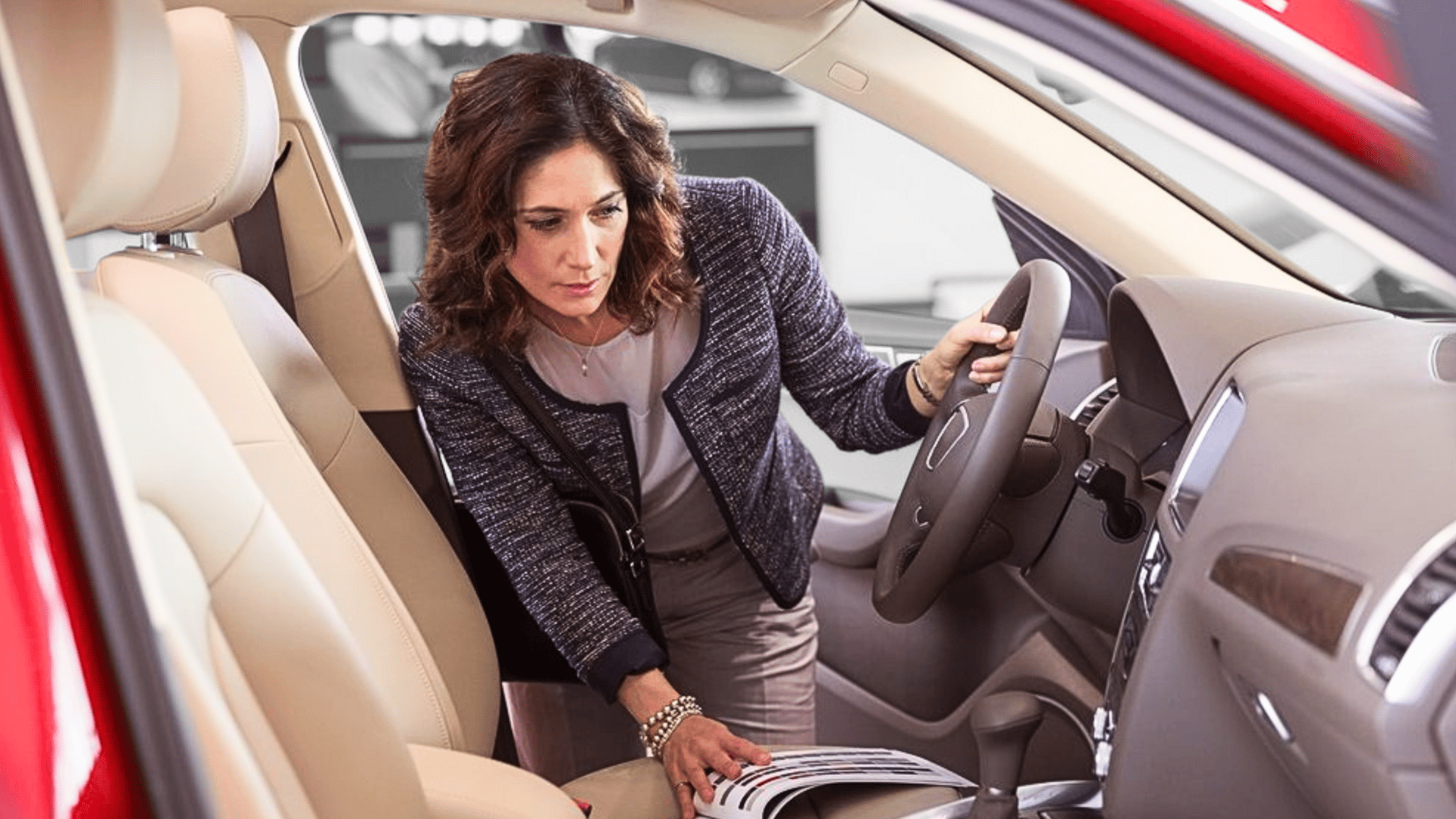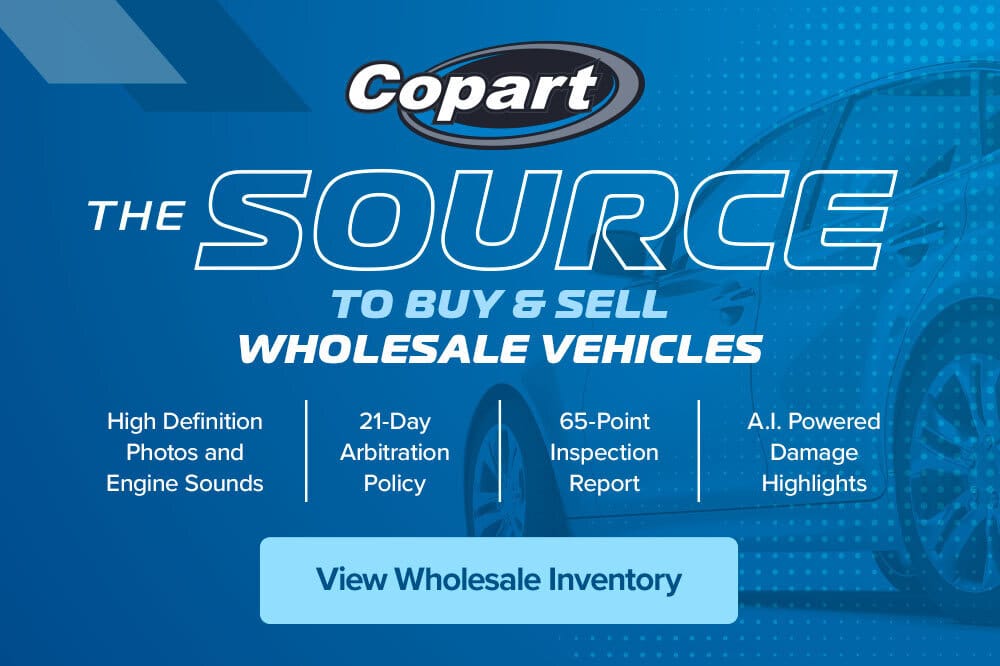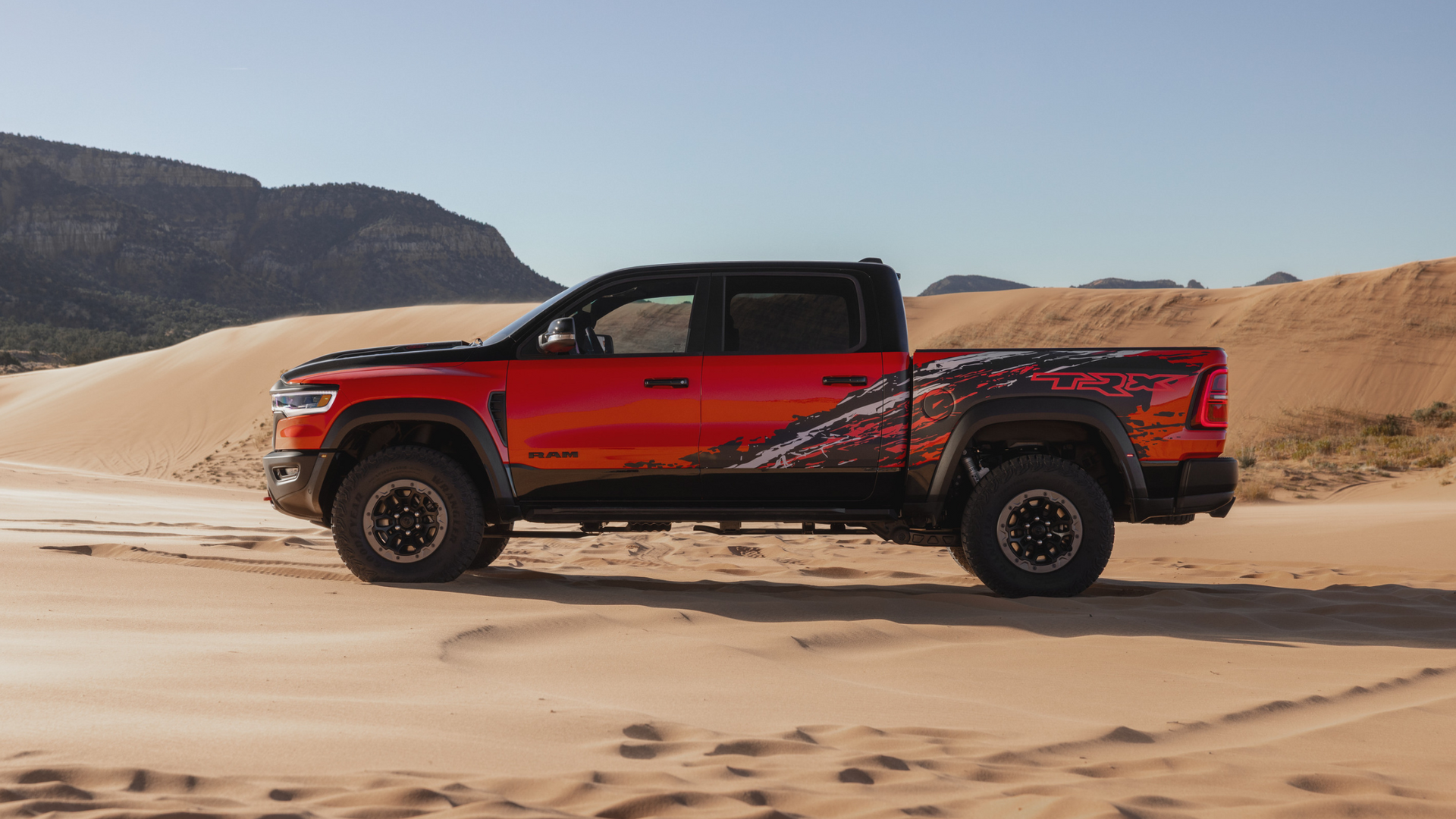Frugal car buyers claim they'll choose cloth seats and manual controls over touchscreens and leather if it means affordable transportation.
By the numbers: AutoPacific surveyed over 14,000 potential buyers about their interest in more than 160 vehicle features, revealing a clear divide between budget shoppers planning to spend $25,000-$35,000 and those with bigger budgets.
Worth noting: The typical budget buyer has a $50,000 household income, drives under 20 miles daily, and for 35% this would be their first new car purchase. They prefer sedans over SUVs for affordability and gasoline engines over electric vehicles, per AutoPacific.
What they're saying: “The array of standard equipment found on entry- and mid-level trims of today’s popular vehicles within the $25,000 to $35,000 price range may need to be reexamined as consumers tighten their belts in the face of economic uncertainty,” said AutoPacific's Robby DeGraff.
Why it matters: For decades, automakers have convinced themselves that loading cars with technology and “luxury” touches is the only path to profitability. But multiple economic factors are making car ownership more expensive:
New auto loan interest rates have climbed to over 7% for many buyers.
In 2024, full coverage car insurance rose over 12% nationwide.
Meanwhile, vehicle repair costs and maintenance have increased.
And between the lines: There is a growing market for less expensive, (and somewhat) stripped down cars, especially as frustration with complex features mounts.
J.D. Power's 2025 Initial Quality Study found that half of all car problems stem from infotainment issues, with owners struggling with touchscreen climate controls and garage door openers.
"While customers find larger touchscreens visually appealing, their functionality is an increasing source of frustration," says Frank Hanley from J.D. Power.
Yes but, budget buyers aren't rejecting all modern features. They still want wireless charging pads for smartphones, heated and ventilated front seats, outlets, driver profile settings, and active safety features.
Startup Slate Auto has eliminated built-in infotainment screens entirely, uses manual crank windows instead of power windows, and offers modular interiors where buyers can add only the specific features they want rather than being forced into trim-level packages.
"One of the major cost drivers in vehicles today is screens," said Slate CEO Chris Barman on another episode of Daily Dealer Live. Most people are getting navigation and music from their phones anyway."
The caveat: Survey responses don’t always match actual dealership behavior. Buyers frequently upgrade when they see features in person or get steered toward higher trims through financing incentives.
Bottom line: With affordability strained by inflation and high interest rates, value-driven buyers are redefining what matters in a vehicle—favoring more traditional vehicle features like safety and simplicity over luxury. To stay competitive, automakers and dealers must adapt by offering well-equipped yet affordable trims.
A quick word from our partner
If you’re looking to expand your dealership’s wholesale inventory, you need to hear this.
Copart helps dealers find front-line ready vehicles from finance, fleet, and rental cosigners. Whether you need a car, truck, or SUV, they’ve got you covered with their wholesale auction every Tuesday and Thursday at 11am CST.
Every wholesale vehicle gets a 65-point inspection, detailed photos and engine audio. AI-powered insights highlight any damage while sale lights give information at a glance. And Copart’s industry-leading arbitration policy lets you file a claim within 21 days or 300 miles.
Don’t wait, your next vehicle is just one-click away. Copart’s Wholesale Auction gives you transparency that drives profitability.
Go to copart.com/wholesale for more information.

OUTSMART THE CAR MARKET IN 5 MINUTES A WEEK
No-BS insights, built for car dealers. Free, fast, and trusted by 55,000+ car dealers.













